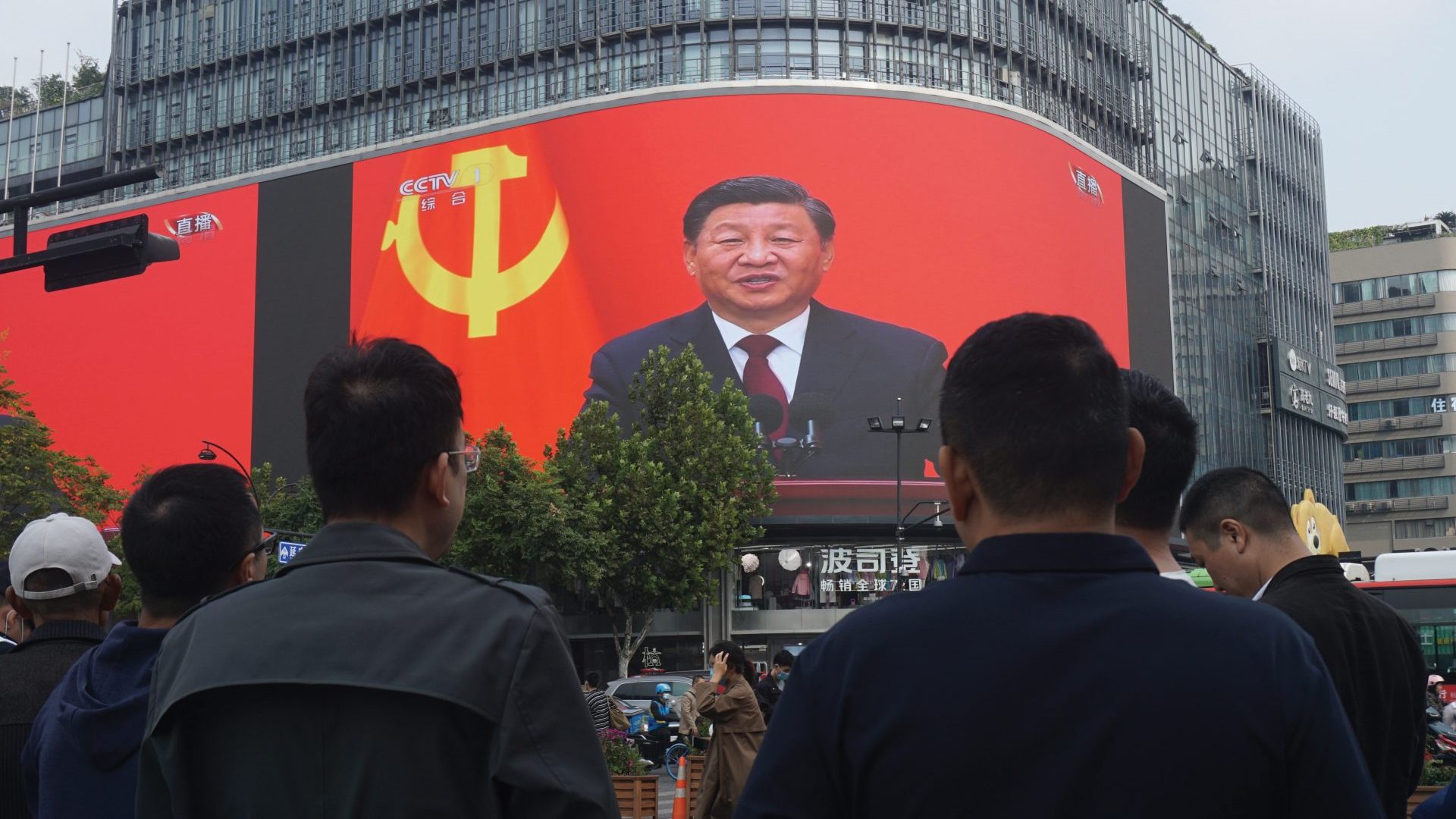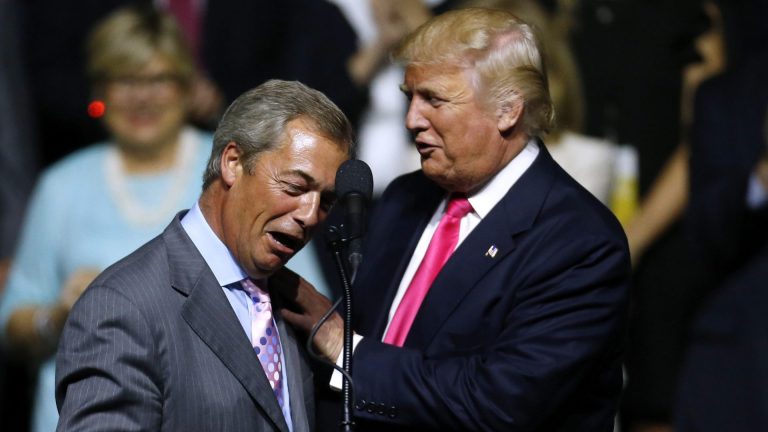The UK government has announced formally that its two-year quest to join the Comprehensive and Progressive Agreement for Trans-Pacific Partnership (CPTPP) has been approved. It has been hailed as the most important trade agreement the UK has agreed since leaving the EU, and marks the first non-Pacific Rim nation to sit at the CPTPP table. Yet since Britain already has trade deals with nine of its 11 nations and the financial impact of joining is minimal, it is pertinent to ask what the point is for the UK.
CPTPP started life as the Trans Pacific Partnership. It was formed in the 2000s, and finally signed in 2016. Members then included the United States, and it would have been the largest free trade area (FTA) in the world.
However, American membership of TPP was a contentious issue in the 2016 presidential election and upon entering the White House, Donald Trump’s first actions included withdrawing the United States from the agreement. The remaining 11 members decided to carry on, regardless, renegotiated some parts, and re-emerged as CPTPP in 2018. They comprise Australia, Brunei, Canada, Chile, Japan, Malaysia, Mexico, New Zealand, Peru, Singapore and Vietnam, which together account for about 13% of world GDP.
The UK hailed the possibility of membership in the wake of leaving the EU, and filed a formal membership application in 2021. The “strategic case” for joining, made by the Department of Trade, was three-fold.
First, it envisaged almost all UK exports being eligible for tariff-free trade with CPTPP members, with particular benefits for whiskey, automobiles, beef and lamb, and UK digital, professional and business services.
Second, it laid out the case for being in a group of some of the fastest growing economies on Earth in the 2020s and 2030s, along with the additional prospects of other countries joining such as South Korea, Thailand, and the Philippines. It may have suspected but did not know that soon after it published the strategic case, China and Taiwan would also apply.
Third, it made the case that membership would have positive incremental gains for the UK economy and for jobs.
Some of these claims looked a bit pumped up at the time, and still do. The UK already has FTAs with nine of the 11 member states, except for Brunei and Malaysia, covering roughly three-quarters of the trade that it does with them. About 9% and 7%, respectively, of UK goods and services exports and imports go to CPTPP counties, but the bulk of that trade is with those FTA nations. The additional tariff-free trade is more likely in the range of about 10-15% of that trade.
The GDP impact of joining CPTPP has been estimated to be around 0.08% to 0.1% over the long-term, even acknowledged in the strategic case. Even in a favourable scenario of global growth and new CPTPP members, it is hard to see how the additional benefits could beat those of having a good next-phase trade agreement with the EU.
While China’s $18 trillion economy would almost triple CPTPP’s share of world GDP, we should not make naive assumptions about the path ahead. China’s future growth path is highly uncertain but most likely not more than about 2-3%, and it is by no means assured that China’s application will progress quickly, if at all.
All of this said, there is no question that CPTPP fits the kind of trade space that the UK has traditionally advocated for and enjoyed. It compares favourably with many other FTAs, setting high standards in a broad array of important areas, including open markets in goods and services trade, e-commerce, intellectual property protection, labour market and environmental standards, rules for digital and communications trade, and transparency for businesses, state enterprises, and fair competition.
Yet there is more to the UK’s accession to CPTPP than just being part of a highly-rated trade group where there will be some benefits, however limited. The reason, in a nutshell, is China.
For decades, the world has been building China-centric supply chains, but many of these are now in flux as a result of geopolitical competition, sanctions, export controls, licensing requirements and a raft of other initiatives now pigeon-holed as ‘national security’ by China, the US, the EU and other liberal leaning democracies. Multinational companies have to review how to restore predictability and resilience to supply chains, as the US and other governments are trying to change the geography supply chains in the coming decades, reducing dependence on China, and Taiwan. In CPTPP, the UK is better positioned to consider the opportunities to recalibrate supply chains in this light.
Equally, the UK could potentially play an important role in CPTPP by contributing to the framing of standards and protocols that govern trade and investment in and around the Pacific Rim at a time when China clearly wants to use its own economic heft to shape both commercial and political engagement throughout the region and the world in its own interests.
One of the UK’s most important early tasks in CPTPP will be to sit in judgement with other members over the applications made by China and Taiwan to join the group, in which currently neither China nor the United States are present. The decision to start negotiations with new members has to be unanimous, and it is clear that UK membership will add weight to those nations, such as Japan, Australia and Canada that have political reservations about China’s membership and questions about how to handle Taiwan’s far stronger, and virtually oven-ready credentials to join.
While China’s application is quite serious, it doesn’t want to comply with the rules that CPTPP members collectively set in the chapters of the agreement and with which its own laws and regulations often conflict. It wants to determine what the rules should be and to preside over the group’s governance. Old Blighty may have a thing or two to say about that.
George Magnus is a former chief economist of UBS and author of Red Flags: Why Xi’s China is in Jeopardy











